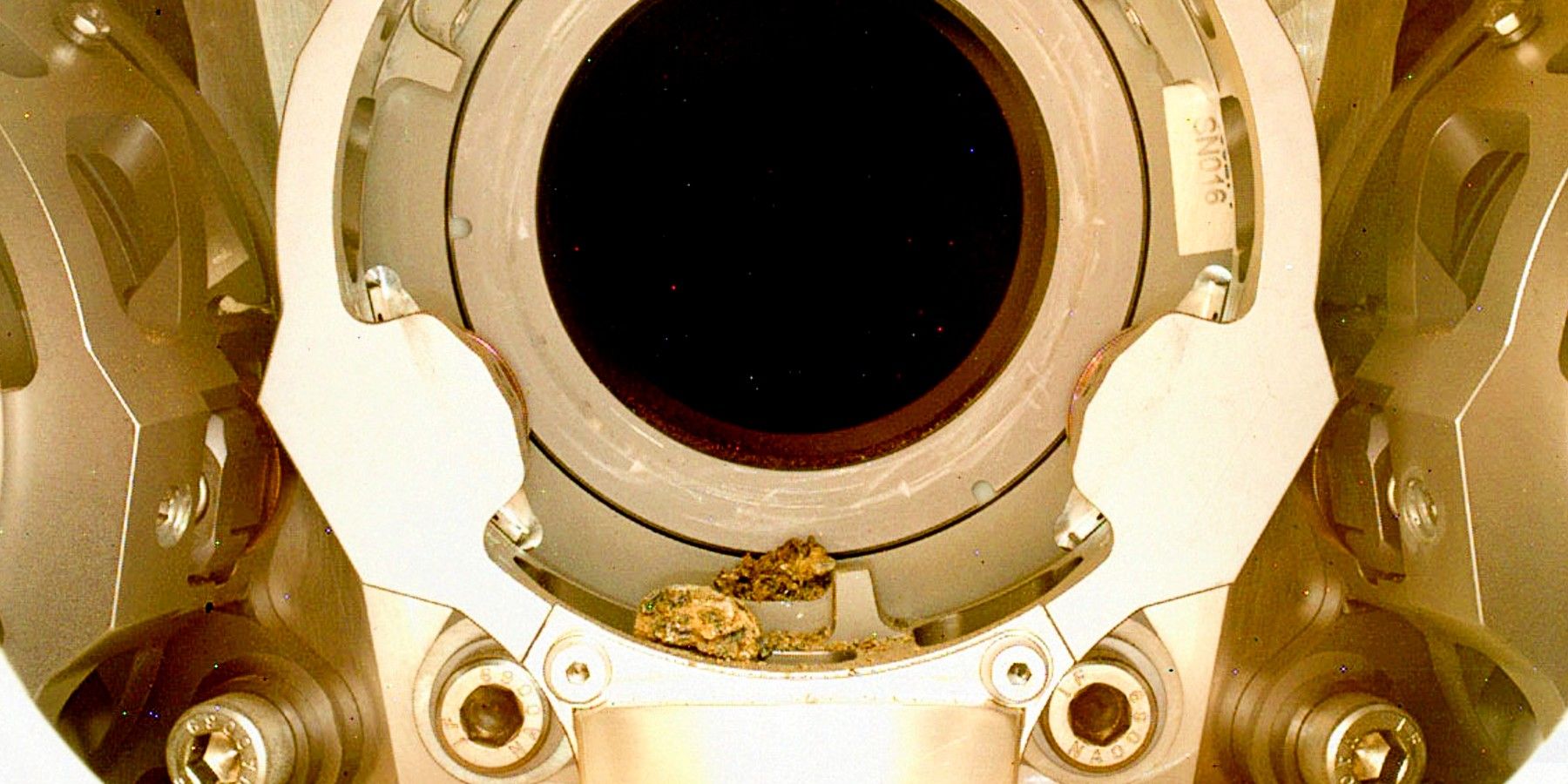NASA’s Perseverance last drill sampling ended with an anomaly and is now waiting for instructions from Earth. Perseverance’s primary mission is to collect rock samples and regolith, mostly broken rock and dust from Mars. Bust, easier said than done, while the rover has been successful, it has found that drilling the Red planet is a challenge.
Perseverance samples will be brought home by a new NASA mission that will travel to Mars exclusively for the samples. NASA is already testing the technology for this new mission. Perseverance and Ingenuity, the Mars Helicopter who hitched a ride with him, have been breaking records, reaching milestones, making impressive scientific discoveries and sending back breathtaking visuals of Mars.
NASA announced it is working to solve the Perseverance debris issue. More than 10 days ago, NASA’s Perseverance Mars rover called home to inform scientists it had detected an anomaly and stopped all operations. Perseverance has not been driving, as engineers take their time to execute the first-ever “debris removal” procedure. Pebble-sized debris is now stuck inside a critical part of the sample recollection system. NASA will unjam the debris and set it loose.
How It Works, What Happened, And What Comes Next

The drilling system of Perseverance is one of the rover’s most complex and extraordinary systems. It took JPL engineers over seven years to build it. It is entirely autonomous and relies on three different robots. The first robot, the big arm in front of the rover, drills the core samples and moves them close to the second robot, the bit carousel. Finally, a tiny robot inside the rover takes the sample out of the bit carousel and carries them through volume image assessment to store them later.
The anomaly occurred during the “Coring Bit Dropoff.” This is when the big arm transfers the sample to the bit carousel. Sensors picked up a higher resistance than usual. The alignment of Mars, now hiding behind the Sun, with Venus in transit is not helping. It causes “restricted Sols,” affecting and delaying communications. It took the JPL team more than a week to get images and data from inside the system. These clearly show that pebbled-sized debris was inside the bit carousel.
NASA will analyze information and then execute a “debris removal” command. “We want to take whatever time is necessary to ensure these pebbles exit in a controlled and orderly fashion,” NASA said. “This is not the first curve Mars has thrown at us, just the latest, it pays to take your time and be thorough,” the JPL team, confident that Perseverance will roll and sample again, says.



